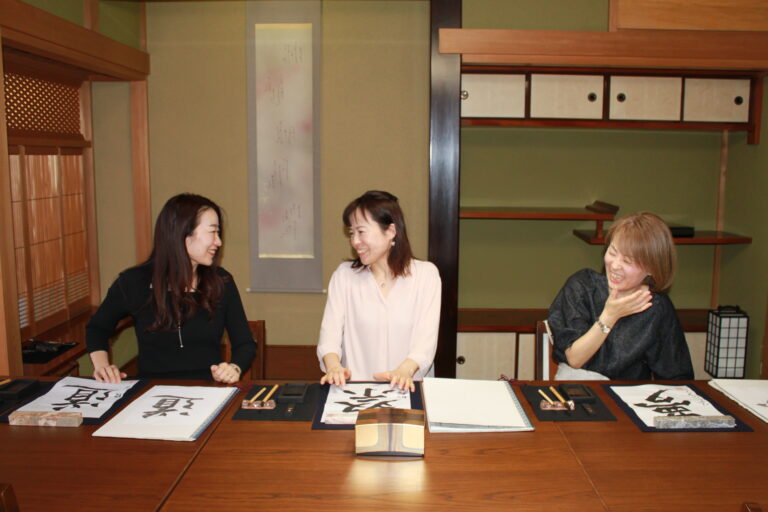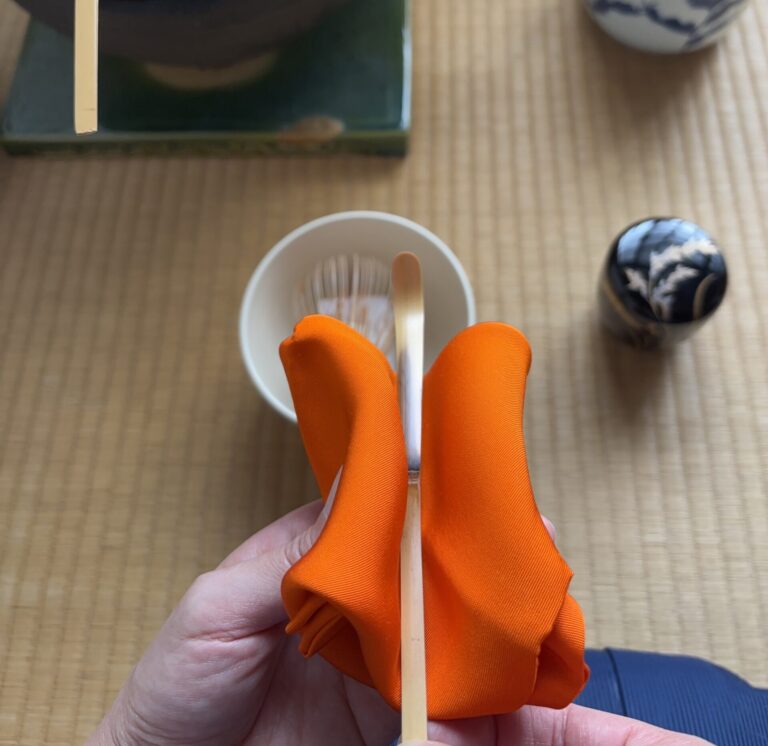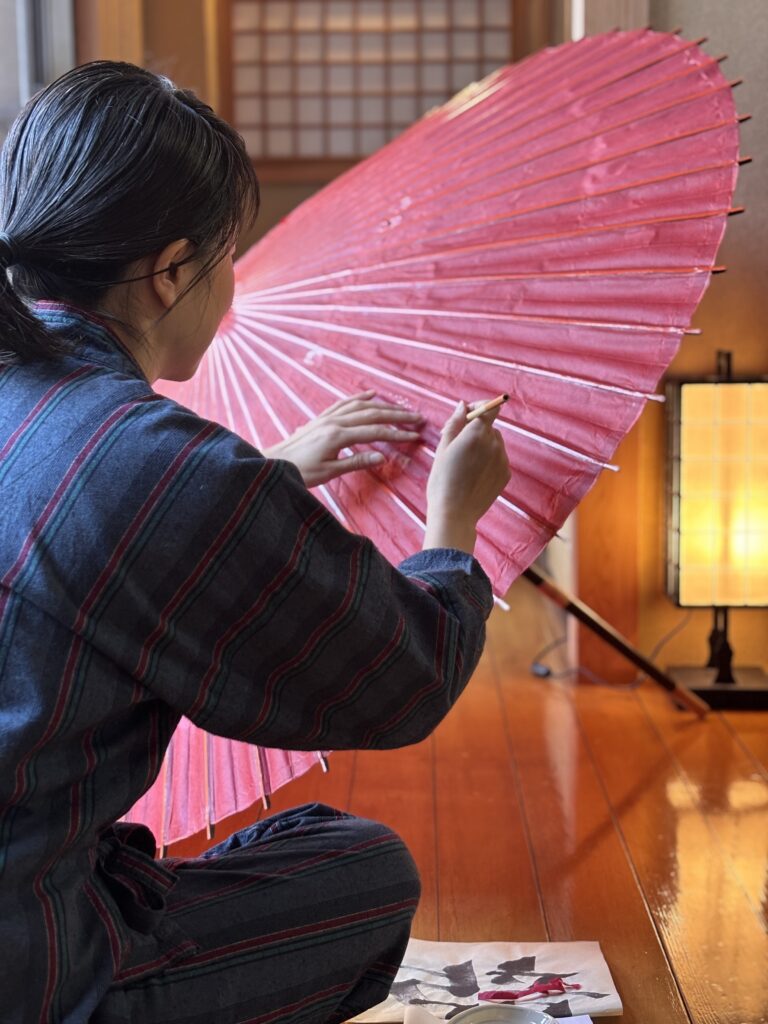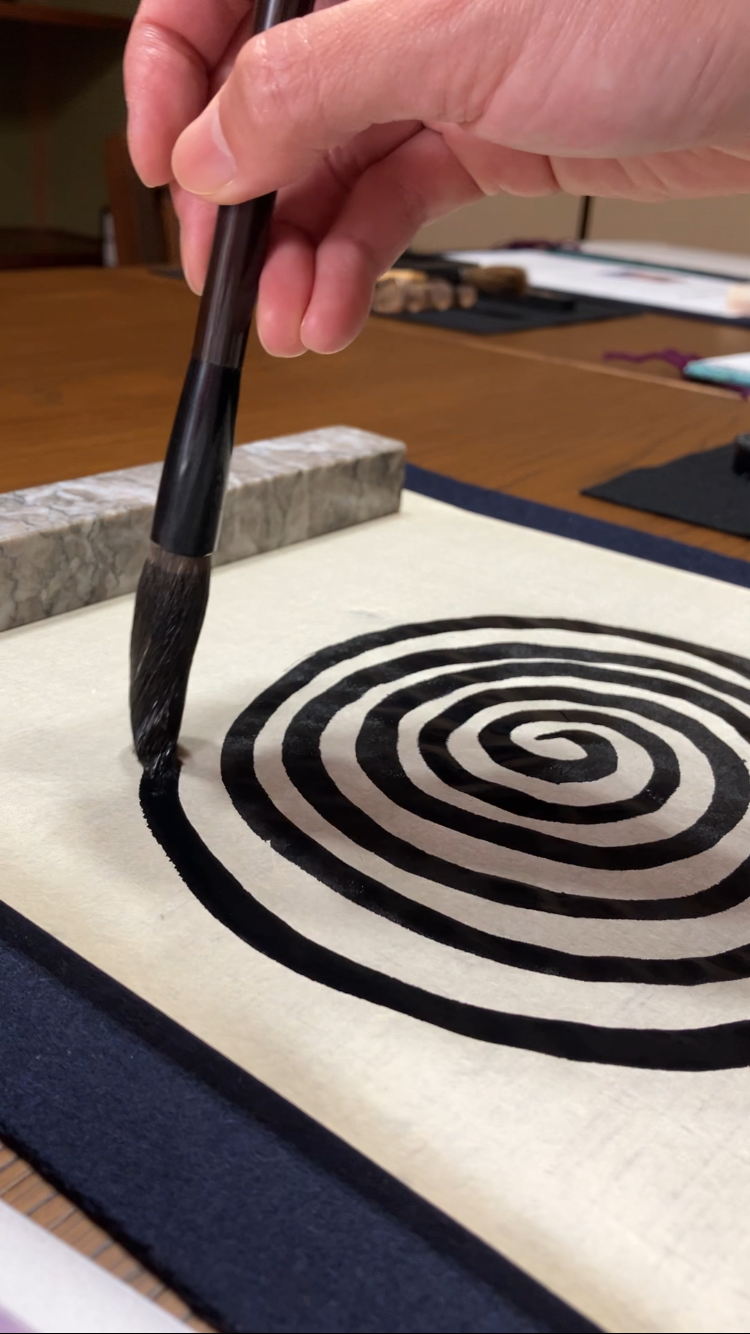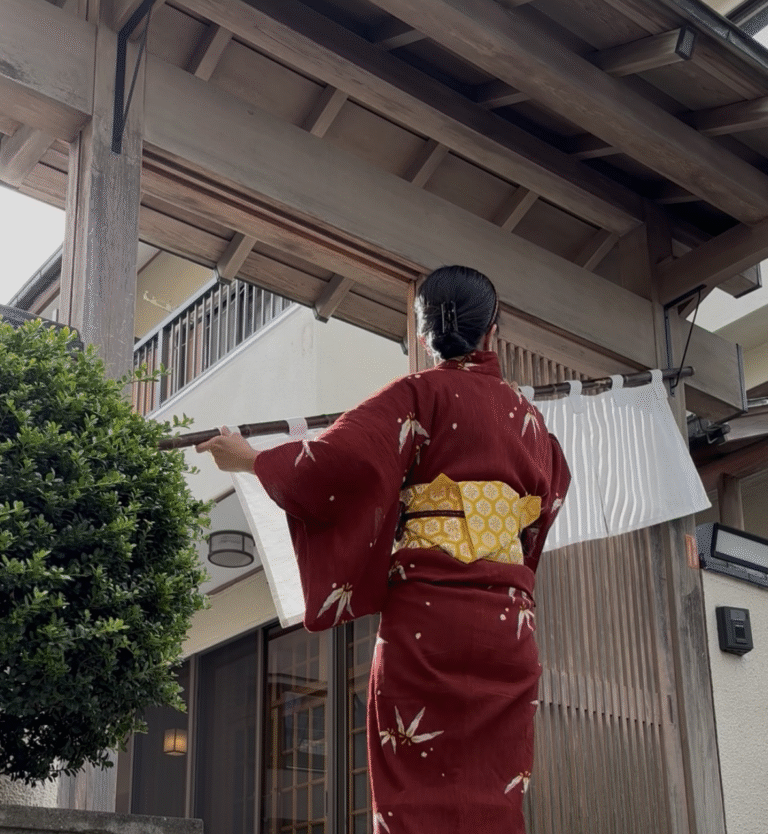Sado Is Not a Tea Ceremony, but It’s a Lifelong Practice for a Cup of Matcha
Matcha Is So Delicious!
Have you ever tasted a cup of matcha? 茶道 (Sado) is a way to enjoy matcha as a host and a guest.
How To Pronounce Sado?
Sado is pronounced in two syllables. “Sa” is pronounced almost the same as “su” in summer and “do” is pronounced almost the same as “dough” in doughnut. The accent comes on “sa”.
What Is Sado? Why “Tea Ceremony” Doesn’t Fully Capture It
In English, Sado is often translated as “tea ceremony.” For a long time, I accepted this translation without question. However, the word “ceremony” tends to evoke formal events such as weddings or graduations. This led me to wonder whether “tea ceremony” is the right expression for what Sado truly represents. It might be giving people the wrong impression.
So, what exactly is Sado? And how can I explain it to someone who has never experienced it?
The Word “Tea Ceremony” Fits Kencha-shiki
Kenchas-hiki (献茶式) is a formal ritual held at shrines or temples, in which a cup of matcha is offered to the deities or buddhas. During this ceremony, a tea master prepares matcha using the highest level of etiquette and precision.
These top-level tea masters usually teach advanced learners and rarely perform in public, making the opportunity to watch their matcha preparation quite special. As a result, tickets to kencha-shiki, which often include access to the ceremony, sweets, and matcha, are highly sought after.
Learners of Sado from various schools attend the event in formal kimono, guided by their instructors. Because it is such a solemn occasion, I believe “tea ceremony” is a very fitting English term to describe kencha-shiki.
The Goal of Practice Is Hosting a Chaji
In the long term, one goal of Sado practice is to hold a chaji (茶事) as the host. This is considered a significant milestone and a mark of maturity in one’s matcha journey.
A chaji is a formal and intimate tea party that usually lasts up to four hours. It includes a full-course meal (懐石), some sake and sweets, strong tea (濃茶) as the highlight of the party, and weak tea (薄茶). A chaji is typically attended by up to around five guests.
Many people use the word “Sado” when referring only to a portion of this event. This is the part where the host prepares and serves the matcha and sweets, and the guests receive them while following a set of etiquette. In this narrower sense, Sado often refers to the way matcha is made and enjoyed, along with the manners.
Hosting a chaji requires much more than the ability to make matcha. The host must perfectly clean and prepare the tea room, maintain the garden, cook and plate a seasonal meal, and select appropriate tea utensils, hanging scrolls, flowers, and incense. Each element should reflect the season, the occasion, and the relationship between host and guests. Those who can carry out all of these preparations are often certified instructors, known as Sado professors, who are capable of guiding others through the full experience of chaji.
Chaji and Chakai Are Not the Same
In addition to chaji, there is also something called chakai (茶会), which can be translated as “tea gathering.” While a chaji includes a meal and some sake and is more formal and elaborate, a chakai is shorter and sometimes more casual. It typically involves only matcha and sweets.
Some chakai are designed to be welcoming and relaxed, making it easy for beginners or guests unfamiliar with Sado etiquette to participate comfortably. While others are more formal, where a certain level of knowledge and manners is expected.
Sado Is a “Way,” Not Just a Ritual
Sado is full of kata, which are formal patterns of movement and behavior. These include the way matcha is prepared, how utensils are handled, how the host and guests bow, and even how one walks across the tatami mat. To help visualize this, consider the etiquette of British afternoon tea, where unspoken rules guide the order of eating, use of cutlery, and when to begin. Sado contains similar, though often more detailed, forms of conduct.
The word Sado is composed of two Kanji characters: tea, and way or path. Many traditional Japanese in-and-extracurricular activities have “way” (do) in its names. These include martial arts such as Kendo (Japanese fencing), Judo, and Aikido, and cultural arts such as Shodo (calligraphy), Kado (flower arrangement), and Koudo (incense appreciation). These activities emphasize not only the skill itself, but also the way of lifelong training for self-improvement through repeated practice.
Sado is no different. Most learners are not aiming to “master” the art in a final sense. Rather, they enjoy walking the path by attending lessons, practicing manners, and refining their hospitality over time. Along the way, they also savor seasonal sweets and beautifully prepared matcha.
So, “When Is a Tea Ceremony Held?”
A common question from our guests is, “When do you have a tea ceremony?” The answer is that a chaji or a chakai can be held at any time.
There are traditional occasions, such as Hatsugama (初釜), the first chaji of the new year in early January, and Robiraki (炉開き) in November, which offers the first opportunity to savor the matcha harvested that year. These are often celebrated with either chaji or chakai, depending on the school.
However, a chaji or a chakai can take place in any season. Some hosts enjoy holding chakai in the early morning during summer, while others plan evening it in the long nights of autumn or winter. Outdoor chakai during the cherry blossom season or in the autumn foliage are also common. A chakai can even be held to mark a personal celebration, such as a graduation. As long as the host and guests agree on a time, a chaji or a chakai can happen whenever the moment feels right.
In everyday practice, learners attend lessons on a regular schedule, usually weekly or several times a month, depending on the school.
Sado Is Not a Tea Ceremony, but It’s a Lifelong Practice
Sado is a highly refined way of making and drinking matcha, but it is also a cultural and spiritual path that requires keeping learning. I would like to enjoy studying Sado and while continuing to find explanations that are easy for everyone to understand. Maybe this is the path I am meant to pursue. Enjoy a nice cup of matcha! And I hope you all have a wonderful trip to Tokyo!
At our salon, you can experience Sado, including a matcha preparation demonstration viewing, seasonal Japanese sweets, one cup of matcha prepared by the host, and your own matcha-making experience with a bamboo whisk. Private reservations are available, even for solo guests.
Feel free to book your own peaceful escape. We look forward to welcoming you.


